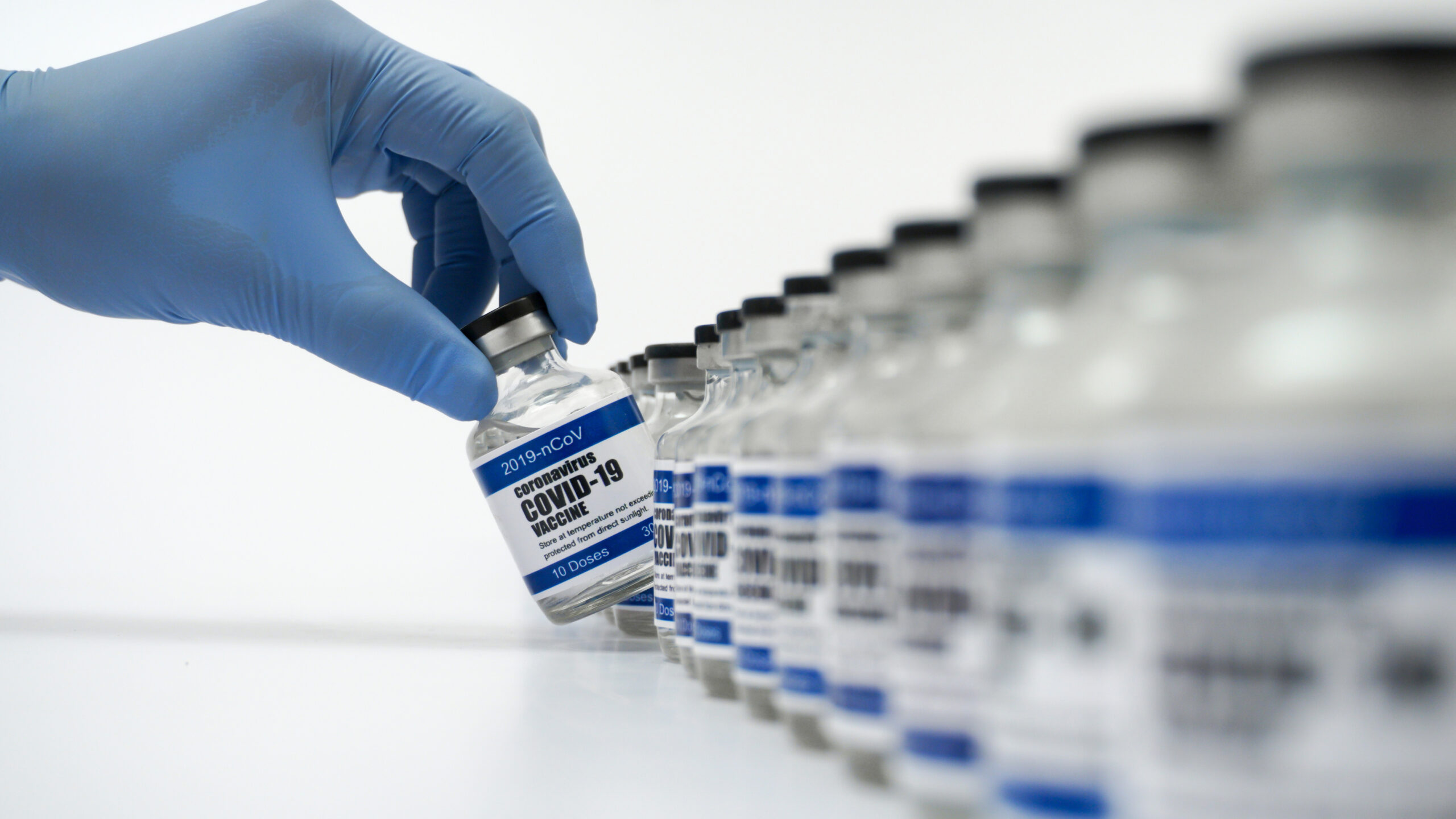As pharmaceutical companies inch closer to the release of an effective COVID-19 vaccine, there has been much discussion about who will receive immunization first. According to a recent MedPage Today report, members of the Centers for Disease Control and Prevention Advisory Committee on Immunization Practices have agreed health care workers and residents of long-term care facilities may be first up to get the COVID-19 vaccine, followed by essential workers.
The novel coronavirus vaccine would then be given to adults with high-risk medical conditions and older adults before being delivered to the general public. It is estimated that there will be 40 million vaccine doses available in December. But the COVID-19 vaccine will require two doses, spaced about 3 to 4 weeks apart, making the logistics of the process more complicated.
The CDC expects that 20 million people will be able to receive two doses in December and then 25 million will be able to be vaccinated in January. Healthcare and front line workers will be prioritized as hospitals continue to fill with the second wave of the virus over the winter months. The three phases of the vaccine delivery will operate in a way similar to the boarding system for an aircraft – in certain circumstances members of group 2 may be immunized although some of group 1 may not yet have been fully vaccinated.
The roll-out of the vaccine may have bumps along the way, especially if people who receive the first dose feel unwell, leading them to skip the second dose. Because elderly adults in assisted living may still pass away despite having been immunized, confidence in the vaccine may be tenuous until convincing data is available.
Because there won’t be enough vaccines for all people initially, it is likely that healthcare providers will offer whatever doses are available and people won’t have a choice on the manufacturer. It is expected that it will be the end of March 2021 before all the high-priority groups will have received both doses of the vaccine in the U.S. By May, it is anticipated by government officials that 70 percent of the U.S. population will be vaccinated, according to a recent CNN report.
Germany and the UK also plan to start distributing the coronavirus vaccine as soon as the beginning of December. In Canada, most people will have received the COVID-19 vaccine by September 2021, with the roll-out beginning across the country in January for front-line workers and vulnerable populations.
While the coronavirus is manufactured and distributed, it’s important to continue to practice social distancing, wear face masks in public spaces or in close contact with those outside your household, and use good hand hygiene practices.






Add Your Voice
0 Comments
Join the Discussion